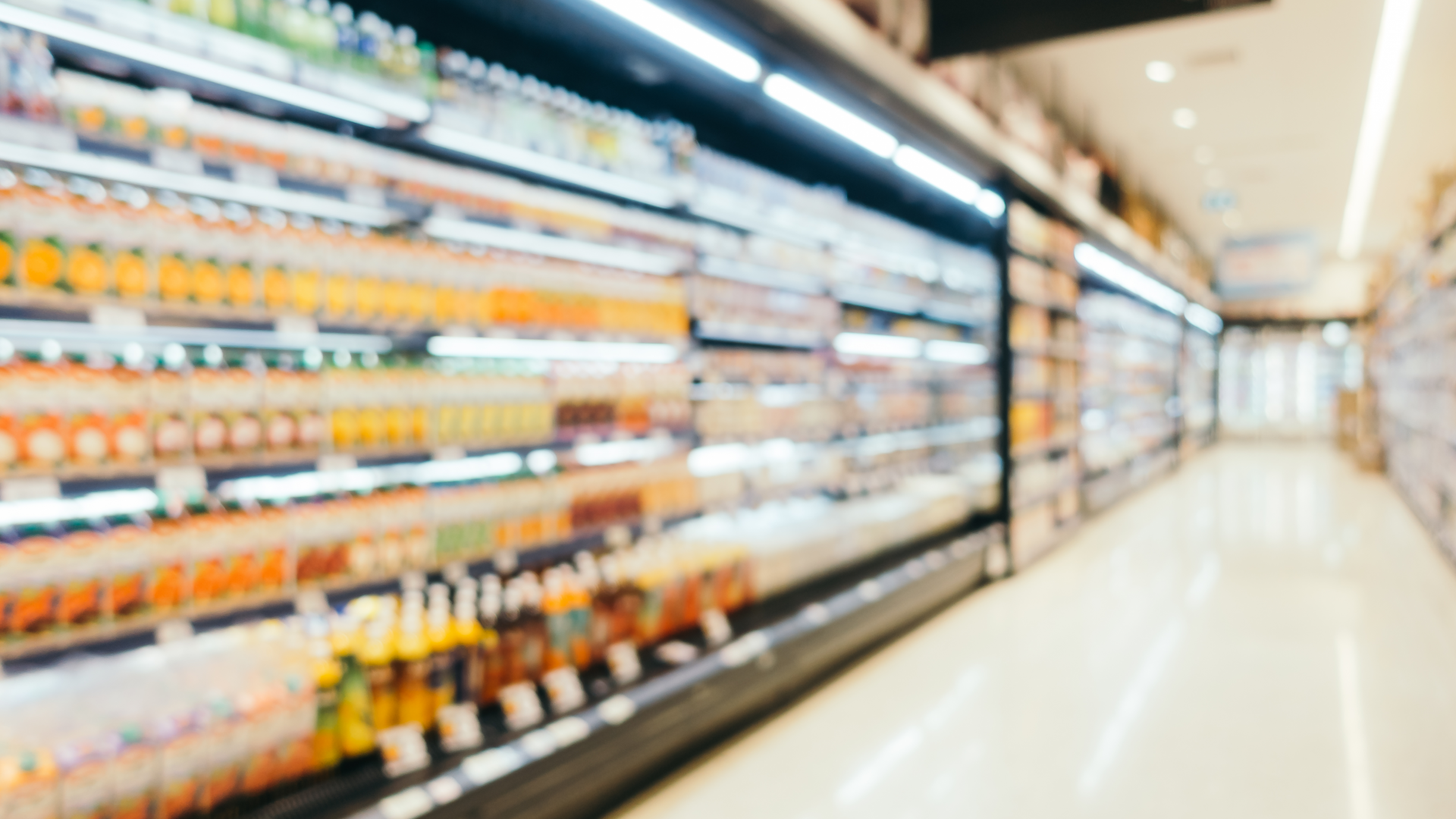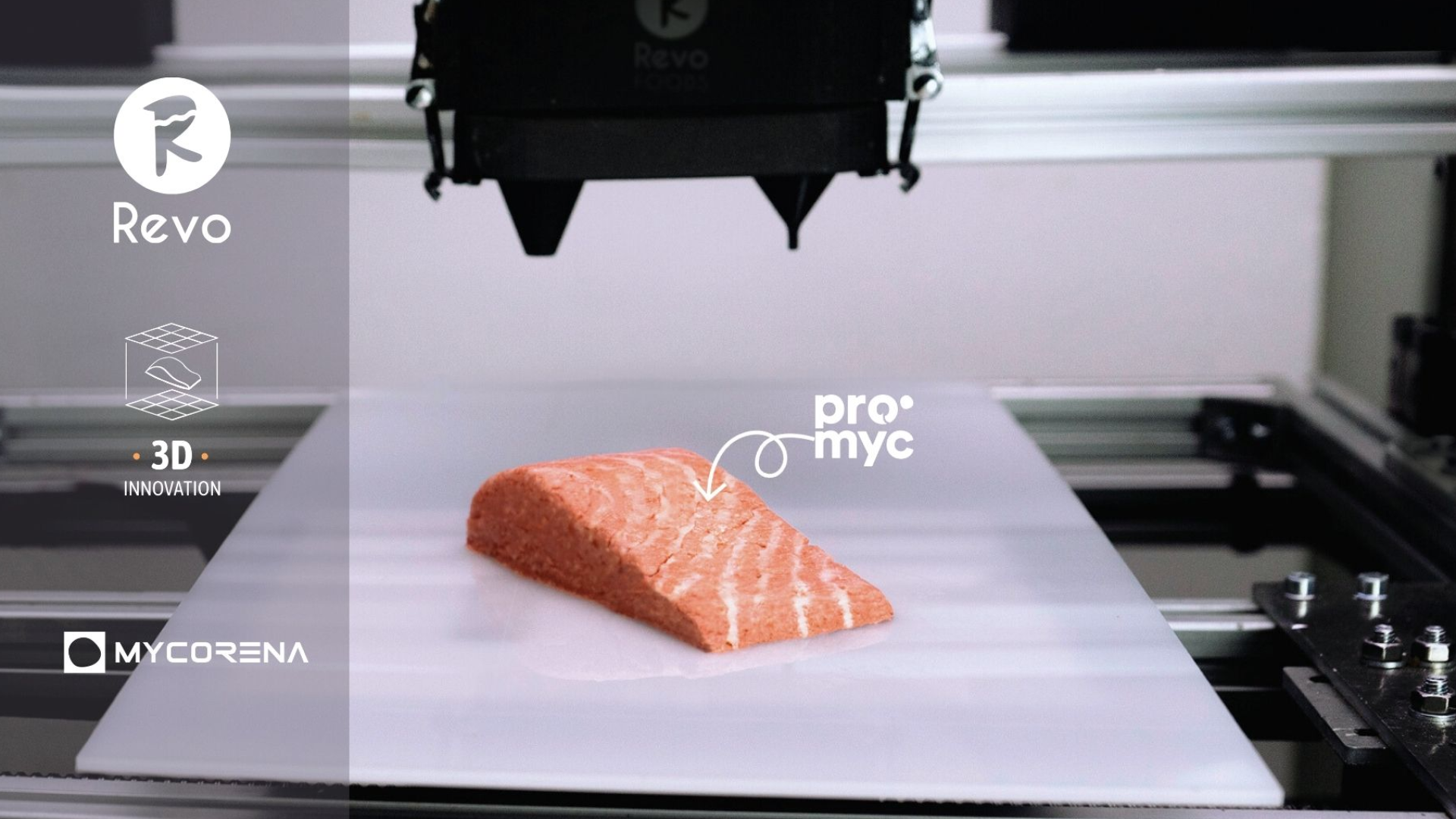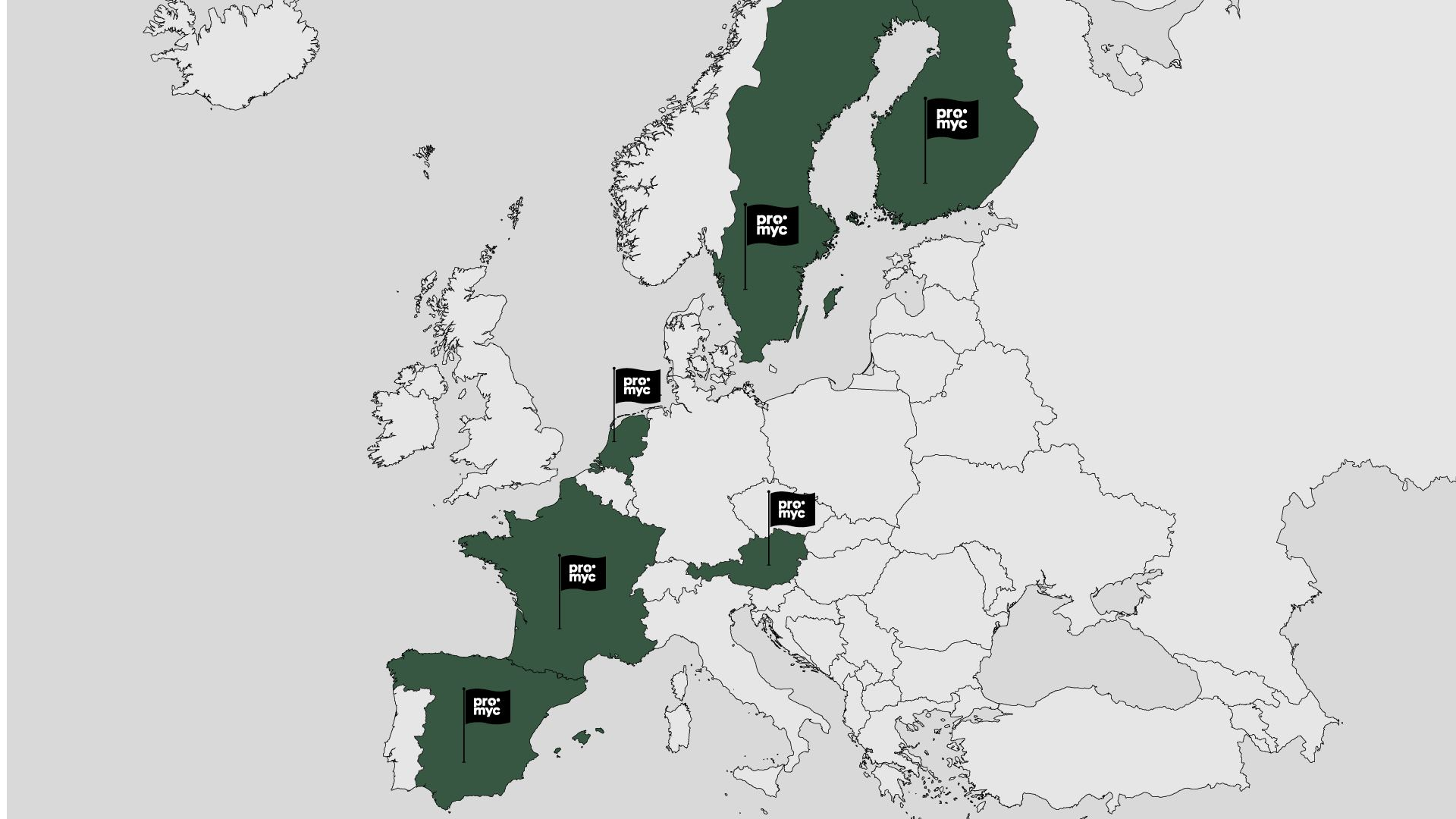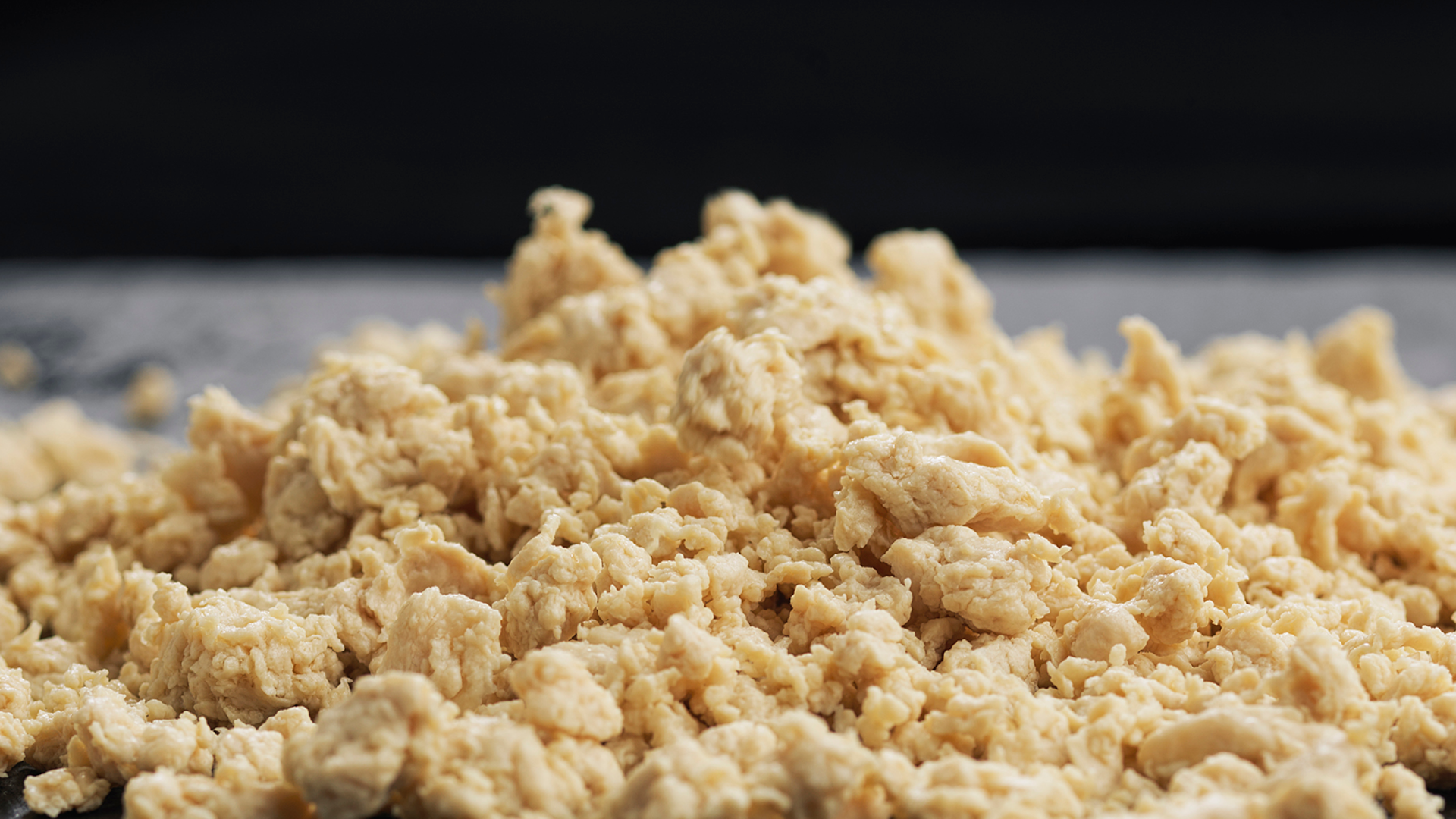Every year, 1 in 10 people worldwide suffer from food intoxication in Europe, and food contamination can occur at each step of the food chain. Educating consumers on which practices to adopt in terms of food storage and food safety is key to reducing this number. Food expiration dates are great indicators for the consumer to avoid foodborne diseases. Yet, it is important for consumers to know what definition is linked to which type of expiring date, to avoid another important problem: food waste.
What is the shelf life?
In terms of food products, the shelf life is the length of time until which a product/merchandise/item is not subject to chemical, physical, or microbial deterioration/change. Many parameters affect the shelf life of a food product, both internal and external.
Internal parameters can’t be controlled by the consumer. They include, among others, the pH, enzyme activity, activation of microorganisms, physical structure (raw steak is more difficult to penetrate for microorganisms than raw hamburger meat).
External factors are linked to the environment in which the product will be stored, counting the temperature, humidity, atmosphere (under vacuum or not), presence of other perishable products.
What is the difference between the use-by and the best before date?
The best before date is linked to the product quality. A product can still be eaten after its best before date is passed, but its quality will decrease: its nutritional quality, taste, visual appearance, and texture will decrease. Yet, the consumer’s health will not be in danger by eating the product. Typically, products with the best before dates are frozen, canned, dried products. Pasta is a good example of a product having a best before and not a use-by date.
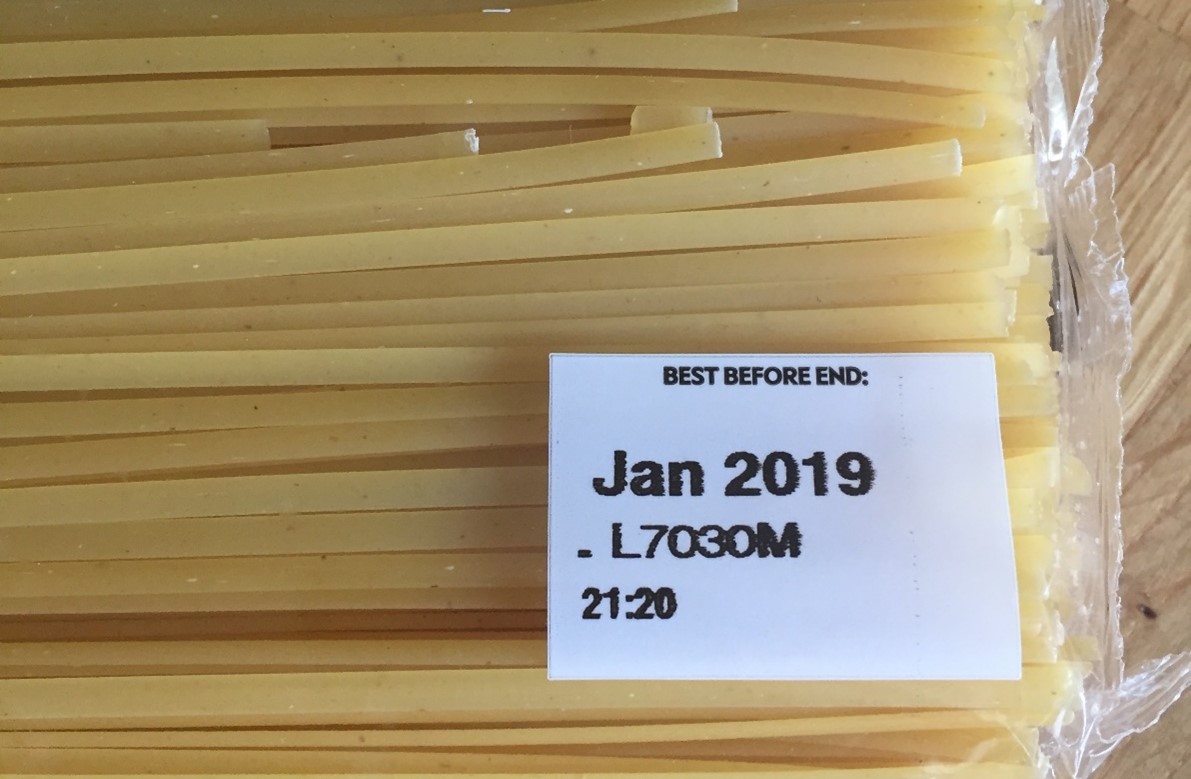
On the other hand, a food item should not be eaten after its use-by date is passed. Indeed, the use-by date is linked to the product safety: the product is considered unsafe for consumption after that date. As you may already have noticed as a consumer, some products don’t have a use-by/ expiry date, as those products are not subject to spoilage. For example, honey can crystallize with time, but will never be unsafe for the consumer.
In both cases, the indication date is relevant only if the consumer follows the storage conditions indicated on the packaging properly.
Why is it important for the consumer to make this difference?
Have you ever heard about the 17 UN Sustainable Development Goals? These goals, which we are supposed to reach by 2030, have been proposed with the aim of having a more sustainable future in terms of economic, social, and environmental concerns. The 12th goal, called Responsible Consumption and Production, is particularly linked to food waste. It includes the target to reduce the amount of food waste per inhabitant by half at the retail and consumer level. That is why organisational methods and tips for the consumers related to how we can reduce food waste, such as understanding expiration dates, is valuable and can be impactful on a large scale even if it seems insignificant to us.
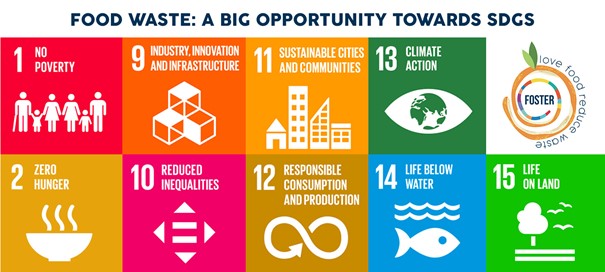
References:
https://www.healthline.com/nutrition/reduce-food-waste#TOC_TITLE_HDR_16
https://microbiologynotes.org/food-spoilage-intrinsic-and-extrinsic-factors/
https://stopfoodwaste.org/tips/eat/expiration-dates
https://www.lifefoster.eu/food-waste/food-waste-reduction-sustainable-development-goals/
Author:
Clara Guillou
Research Intern at Mycorena
